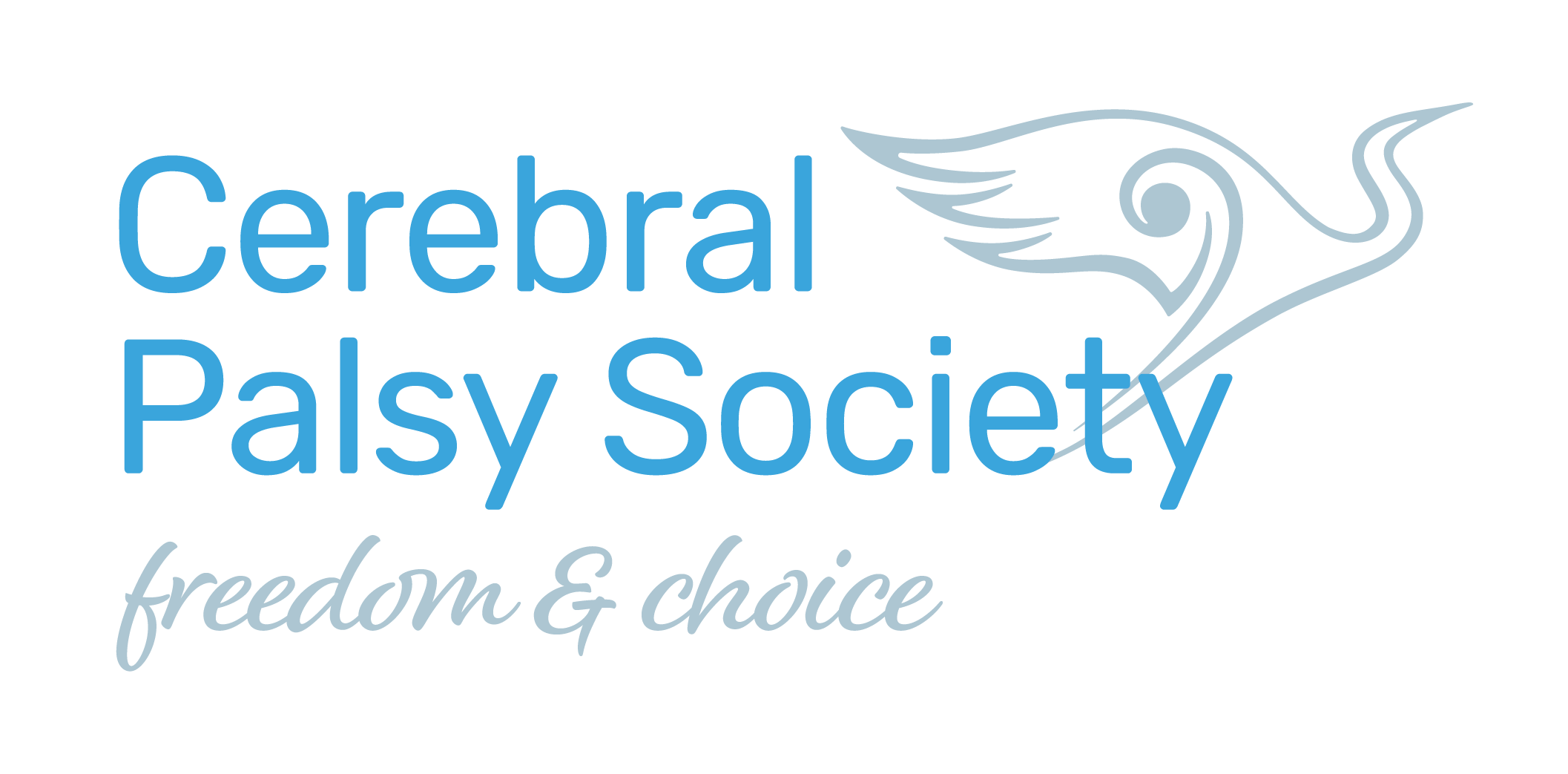Research
Fitness for life and every body
08 Mar 2024
Exercise and movement can be adapted to all levels of Cerebral Palsy.
By Amy Hogan
While each level of Cerebral Palsy (GMFCS and other scales like communication and hand function) presents unique challenges when it comes to fitness and physical activity, it is important to remember that small movements and changes can make a big difference to overall health and people’s confidence, comfort, and stamina.
Researchers and clinicians are developing a more comprehensive understanding of bone density and other health-related aspects of Cerebral Palsy connected to exercise.
In Australia for example, they are starting to develop programmes specifically for level IV and V, or those who use power wheelchairs as their primary mode of mobility.
The topic of exercise and movement was discussed at the 2023 CP Achieve Symposium in Melbourne. One of the core elements of the conference was acknowledging Cerebral Palsy across the lifespan and the different levels of the neurological condition.
During the symposium, the audience heard from people living with Cerebral Palsy about their experiences of adapting to fitness and movement as they become young adults.
Some of the participants talked about with their own experiences of developing movement and exercise, whether they were able to move independently or required assistance.
It’s advisable to have a consultation with your medical professional to check your baseline health before making any changes to your routine or introducing exercise, (particularly if you have an underlying condition that may be affected by movement, such as blood pressure.
- It is valuable to gain a sense of confidence and understanding of your body and its different movement patterns before introducing different processes and movements.
- It can be difficult when you live with Cerebral Palsy to have confidence in your body and in how it moves. Therefore, it can be important to start exercise in the position or device where you feel most secure such as in your bed or wheelchair.
- The feeling of an accelerated heart rate can be unusual if you don’t move around much. Therefore, taking exercise slowly and building your stamina can help the body acclimatise.
- If you are assisting someone who doesn’t have much or any voluntary movement, it can be useful to break up exercise around the other routines and demands on their body, such as school or personal care routines.
- Building capacity in the body can be a slow process. People at the conference suggested starting very slowly with little to no resistance and in 5-minute increments, gradually building things up.
- The spasticity associated with Cerebral Palsy can put pressure on all the joints and tendons in the body, including smaller areas like fingers and toes. Getting small amounts of movements in all areas of the body can be beneficial, even simply around blood flow and stiffness.
- Frequently, people who live with Cerebral Palsy have weakness or differences between their left and right side of their body. Many people call this “their good and bad side”. It’s important to move and work both sides of the body so that the weaker side gets stronger, and the stronger side is protected. This is especially important when it comes to repetitive actions such as controlling a wheelchair or using a head pointer.
In New Zealand, we are working closely with Australia to look at different integration strategies for exercise across the lifespan. This includes accessing different resources and increasing our GetPhysical supplies, advocating for accessibility in council facilities throughout the country, and looking into CP specific exercises that can be brought into areas and organisations such as Sports New Zealand.
If you would like more information about this aspect of the symposium or exercise in general, feel free to email me at amy@cpsociety.org.nz.
* CP Achieve is an initiative that brings together researchers, people with CP and families. The purpose is to codesign research that has the most meaningful and far-reaching impact on the community.




